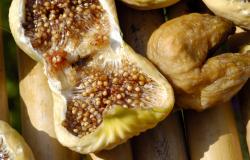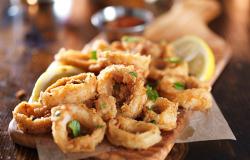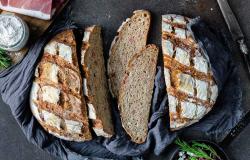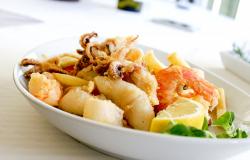‘Caviale dei Poveri’ or Poor Man’s Caviar
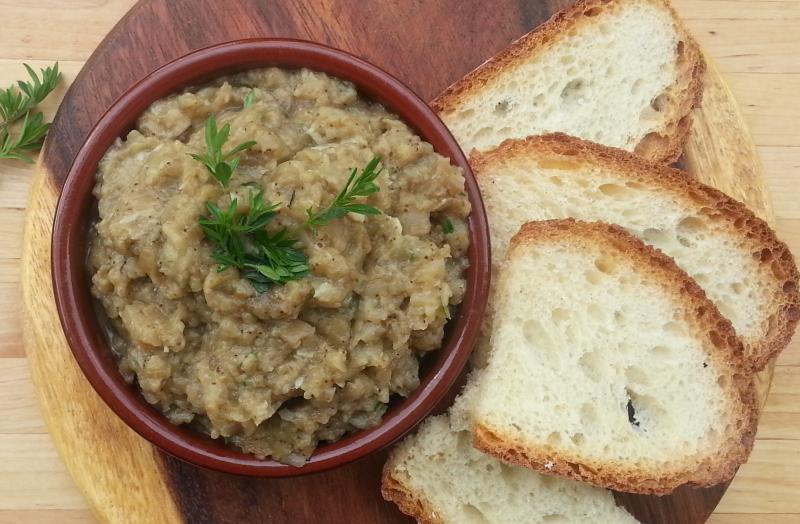
One of the fascinating features of the cucina povera is its imaginative naming of dishes. Alla contadina (‘in the peasant style’), sugo finto (‘fake’ i.e. meatless sauce), acquacotta (‘cooked’ or ‘boiled’ water), and sugo sull’uscetto dell’orto (something like ‘at the gate of the vegetable patch’ sauce) are but some of the countless recipe names evoking this tradition’s innovative use of so-called ‘poor’ ingredients as well as its inherent principles of thrift and good husbandry. Poor Man’s Caviar might well be the cleverest name of them all.
There are a few different versions of this ‘caviar’, this one arguably more French than Italian, although the ingredients are certainly of no particular nationality. Rather, in Italian versions you are more likely to find the addition of ingredients such as paprika, chilli pepper, or anchovy paste; whereas the French versions, particularly those from Provence, will feature some of your more common kitchen herbs. It’s a recipe highly adaptable to flavor-tweaking, so do experiment with different versions.
While eggplant caviar is fairly well-known throughout Italy, if you mention caviale dei poveri to an Italian from the South, they will likely assume you are talking about another dish that goes by the same nickname: Caviale calabrese, or Calabrian caviar, also known as sardella, is a sauce made from tiny whitebait, or bianchetti, of Mediterranean fishes such as sardines and anchovies, to which spicy red chilli pepper and other herbs and spices are added.
An anecdote: according to author Peter Mayle, the dish goes by this name “because the aubergine seeds, when looked at with an uncritical eye, resemble the eggs of the virgin sturgeon.”
The first, very important step is to puncture the eggplant skin all over with a fork. Place it on the grill over glowing, super-hot coals and turn it every few minutes so it cooks evenly. The skin will soften and blacken, and the eggplant will start to collapse. It is done when all the skin is blackened or even slightly blistered and the veg is very soft to the touch (it should ‘collapse’ when pressed).
At the same time, grill an entire head of garlic: slice off the top ¼ inch to expose the garlic cloves, drizzle with a little olive oil, sprinkle with salt, wrap in foil and grill until the garlic is very soft when pressed. Let cool.
When the eggplant is cool enough to handle, cut it open lengthwise, scoop out the flesh into a strainer, and press out any liquid. Transfer the flesh to a chopping board or food processor along with the roasted garlic. You basically want a mash, so chop by hand or process as you see fit. Transfer to a bowl and add the lemon juice, herbs, oil, salt and pepper to taste. Blend well and serve with baguette slices or crackers. I usually make a double portion at a time, since the ‘caviar’ keeps well for a couple days in the fridge and is even tastier the next day. Warm slightly before serving any left-overs.
